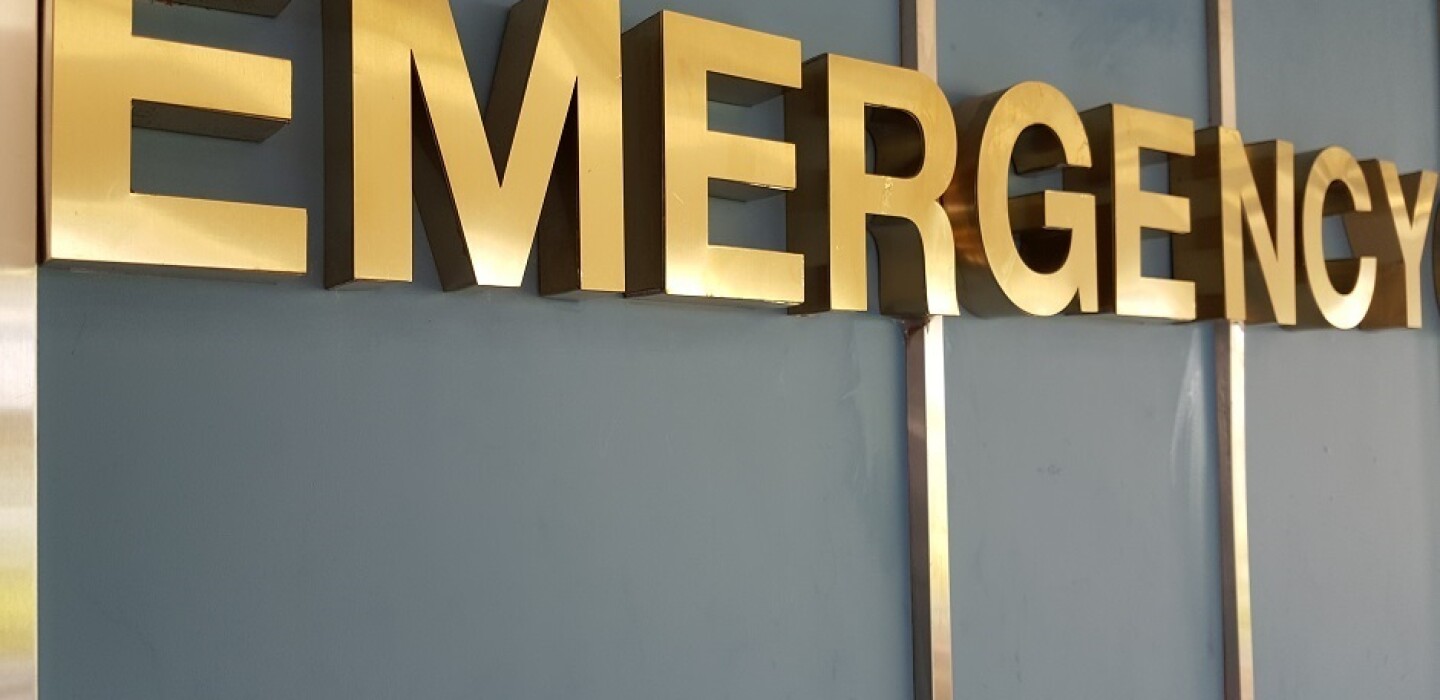
Collaborative Effort Results in New EOC for Quapaw Nation
(TNS) – On Tuesday, the Quapaw Nation and Ottawa County Central Dispatch Center held an open house for the new Quapaw Nation Emergency Operation Center.
The new dispatch center is within the boundaries of the Quapaw Nation and represents a joint project between the Quapaw, the city of Miami and the Ottawa County 911 Authority. Officials said the collaboration is the first of its kind in Northeast Oklahoma.
“This is a momentous occasion because this is a shining example of what happens when our county, our city and our tribal nations come together for a common goal. Public safety is at the heart of what we believe in at Quapaw Nation, not just for our tribal members but for our entire community,” said Wena Supernaw, chair of the Quapaw Nation Business Committee.
Leon Crow, chair of the Ottawa County E-911 Board, said the new center cost $1.4 million to build and cost another $1.4 million in equipment. Those upgrades include a countywide digital radio system.
Ottawa County provided $1 million through federal funding, with other donations from the Quapaw, Wyandotte and Miami tribes.
Plans for the new dispatch center have been in the works for about five years, Crow said. At one time, there were two dispatch centers in Ottawa County — the sheriff’s department and the Miami Police Department.
The project started with discussions between the various Ottawa County emergency services and the tribal government on how to bring emergency services to a central location.
Valerie Barger, telecommunications manager at the dispatch center, said gathering emergency services together in the same center is important for response and communication.
Now people don’t have to call different departments for information, and everyone can converse with up-to-date information and make decisions together. When seconds are important, that collaboration matters, Barger said.
Dispatch also was previously located in an older center that wasn’t rated for severe storms, but the current center is rated for an EF5 tornado. Barger said dispatchers are now in a protected space during severe weather, which makes all the difference in emergencies.
“We’ve never been hit, but we’ve literally watched tornadoes go over us in the past,” Barger said. “When something happens, we need to still be standing. That’s when the 911 calls start rolling in. If we’re trying to take cover, we can’t answer those calls.”
The new dispatch center has also upgraded from copper to fiber-optic lines, which makes for faster and more precise call delivery.
Crow said the center is the first in the nation to have Next Generation 911, a digital, internet protocol-based system that creates a faster, more reliable system that allows audio, video, text and photos to flow from the public to the 911 network.
That text ability can be especially useful for domestic violence situations, Barger noted. A dispatcher on an active call can send the caller a text message with important information. The text message is silent with no alert, so as to not tip off the caller’s attacker.
Officials said they ultimately hope the new center means quicker response times, more accuracy on locations and better service for residents, visitors and responders.
“At the end of the day, it’s to provide the best service these dispatchers can provide not only to the citizens but to the ones responding,” Leon said. “It’s their brothers and sisters that are responding to that call, and they want them to have the best and quickest information before they get there.”
Next Generation 911 video capabilities also allow first responders a better idea of the situation before they get there.
“If you get a call with a truck on fire in a driveway, traditionally we see a truck on fire in our mind,” Barger said. “But with video, we can ask the caller to video the fire, and we can see that the truck is on fire between two houses. Then they better respond like it’s going to be a structure fire.”
Finally, that capability also gives the dispatchers themselves closure from an emergency call. Barger said the dispatchers can face secondhand trauma from calls, especially not knowing the outcome after the caller hangs up.
“I don’t know if possibly a caller has fallen off a small cliff or a hundred-foot cliff,” Barger said. “I can heal from that, the secondhand trauma, faster if I know the cliff size and their likelihood of survival.”
___
©2024 The Joplin Globe (Joplin, Mo.) Distributed by Tribune Content Agency, LLC.


Average Rating